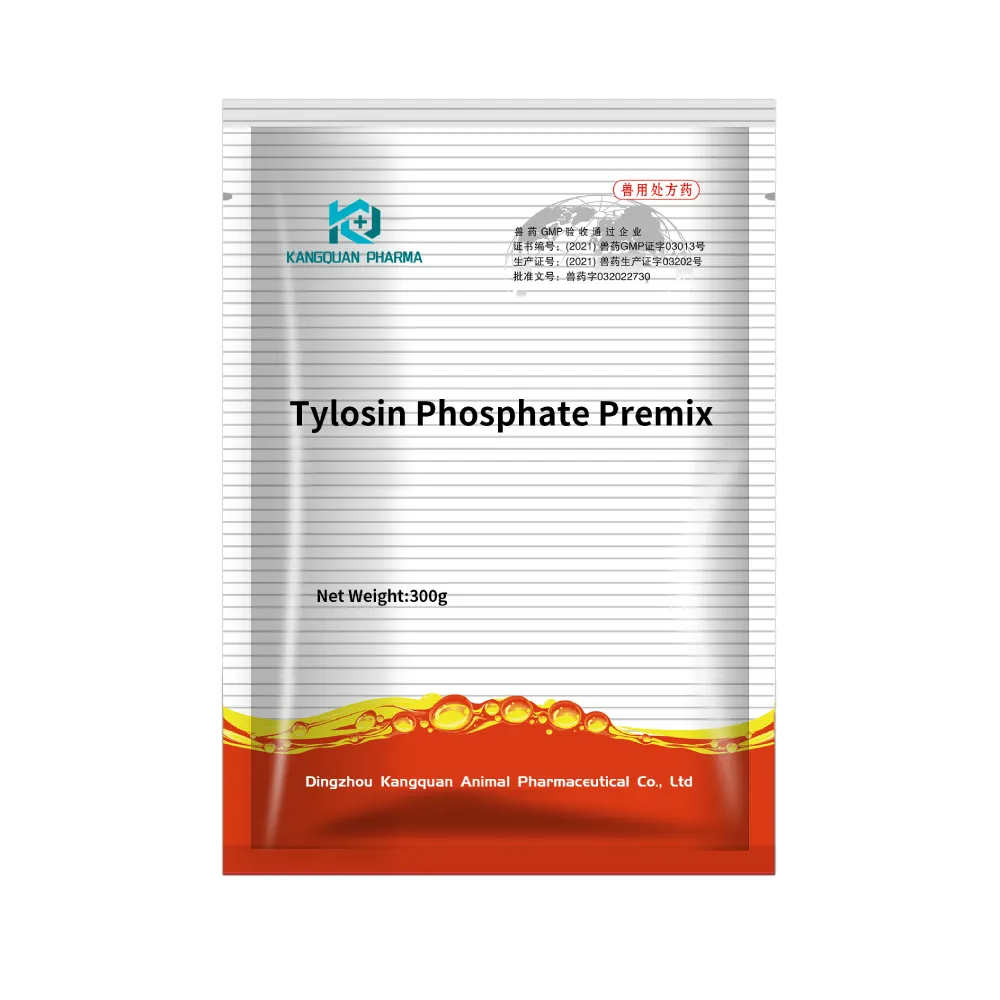- Afrikaans
- Albanian
- Amharic
- Arabic
- Armenian
- Azerbaijani
- Basque
- Belarusian
- Bengali
- Bosnian
- Bulgarian
- Catalan
- Cebuano
- Corsican
- Croatian
- Czech
- Danish
- Dutch
- English
- Esperanto
- Estonian
- Finnish
- French
- Frisian
- Galician
- Georgian
- German
- Greek
- Gujarati
- Haitian Creole
- hausa
- hawaiian
- Hebrew
- Hindi
- Miao
- Hungarian
- Icelandic
- igbo
- Indonesian
- irish
- Italian
- Japanese
- Javanese
- Kannada
- kazakh
- Khmer
- Rwandese
- Korean
- Kurdish
- Kyrgyz
- Lao
- Latin
- Latvian
- Lithuanian
- Luxembourgish
- Macedonian
- Malgashi
- Malay
- Malayalam
- Maltese
- Maori
- Marathi
- Mongolian
- Myanmar
- Nepali
- Norwegian
- Norwegian
- Occitan
- Pashto
- Persian
- Polish
- Portuguese
- Punjabi
- Romanian
- Russian
- Samoan
- Scottish Gaelic
- Serbian
- Sesotho
- Shona
- Sindhi
- Sinhala
- Slovak
- Slovenian
- Somali
- Spanish
- Sundanese
- Swahili
- Swedish
- Tagalog
- Tajik
- Tamil
- Tatar
- Telugu
- Thai
- Turkish
- Turkmen
- Ukrainian
- Urdu
- Uighur
- Uzbek
- Vietnamese
- Welsh
- Bantu
- Yiddish
- Yoruba
- Zulu
7 月 . 26, 2024 04:05 Back to list
Recommended Dosage Guidelines for Enrofloxacin Injection in Veterinary Medicine
Enrofloxacin Injection Dosage Guidelines and Considerations
Enrofloxacin is a broad-spectrum fluoroquinolone antibiotic commonly used in veterinary medicine to treat bacterial infections in various animals, including dogs, cats, cattle, and poultry. It is particularly effective against Gram-negative and some Gram-positive bacteria. This article will focus on the proper dosage of enrofloxacin injection, factors influencing dosage, and important considerations for its use.
Dosage Guidelines
The dosage of enrofloxacin can vary significantly based on the species of the animal, the type of infection being treated, and the severity of the condition. In general, the recommended dosage for dogs and cats is approximately 5 to 20 mg/kg of body weight, administered once daily. For systemic infections, higher dosages may be utilized, and in some cases, a divided dose may be needed to maintain effective drug levels in the bloodstream.
For cattle, the recommended dosage is usually around 2.5 to 7.5 mg/kg body weight, also administered once daily. In poultry, the dosage can range from 10 to 30 mg/kg but is often given in the drinking water rather than by injection. It's crucial that veterinarians tailor the dosage regime to the specific organism involved in the infection, along with factors such as the animal's age, weight, and overall health status.
Factors Influencing Dosage
Several key factors can influence enrofloxacin dosage. First, the type of infection is critical; for more severe or systemic infections, higher dosages might be required. Secondly, the animal's age and overall health significantly impact how the drug is metabolized and excreted. Younger animals with immature liver and kidney functions may require adjustments in dosage to avoid potential side effects.
enrofloxacin injection dosage

Thirdly, concurrent medications must be considered, as some drugs can interact with enrofloxacin, altering its absorption or effectiveness
. Additionally, the presence of any underlying diseases, particularly those affecting the gastrointestinal or immune systems, should also be factored into the dosage decision.Administration and Safety Considerations
Enrofloxacin can be administered via injection, typically intramuscularly or intravenously. Proper aseptic technique is essential to avoid introducing contaminants at the injection site. Monitoring the animal after administration for any immediate adverse reactions is also a crucial aspect of safe practice.
While enrofloxacin is generally well tolerated, potential side effects may include neurological disorders, gastrointestinal upset, and joint or cartilage damage, especially in young animals. The risk of these side effects emphasizes the importance of adhering to recommended dosages and avoiding off-label use unless under veterinary guidance.
Particular caution should be exercised in administering enrofloxacin to growing puppies and kittens due to the potential for cartilage damage. In such cases, alternative antibiotics may be preferred, depending on the situation.
Conclusion
In conclusion, enrofloxacin injection is a valuable tool in veterinary medicine for treating various bacterial infections. However, achieving optimal therapeutic outcomes requires careful consideration of the appropriate dosage based on the species, nature of the infection, and individual characteristics of the animal. Veterinarians must remain vigilant for signs of side effects and adjust treatment protocols as necessary to ensure the safety and efficacy of enrofloxacin therapy. As with all medications, informed and responsible use remains the cornerstone of effective veterinary care.
-
The Power of Radix Isatidis Extract for Your Health and Wellness
NewsOct.29,2024
-
Neomycin Sulfate Soluble Powder: A Versatile Solution for Pet Health
NewsOct.29,2024
-
Lincomycin Hydrochloride Soluble Powder – The Essential Solution
NewsOct.29,2024
-
Garamycin Gentamicin Sulfate for Effective Infection Control
NewsOct.29,2024
-
Doxycycline Hyclate Soluble Powder: Your Antibiotic Needs
NewsOct.29,2024
-
Tilmicosin Premix: The Ultimate Solution for Poultry Health
NewsOct.29,2024













